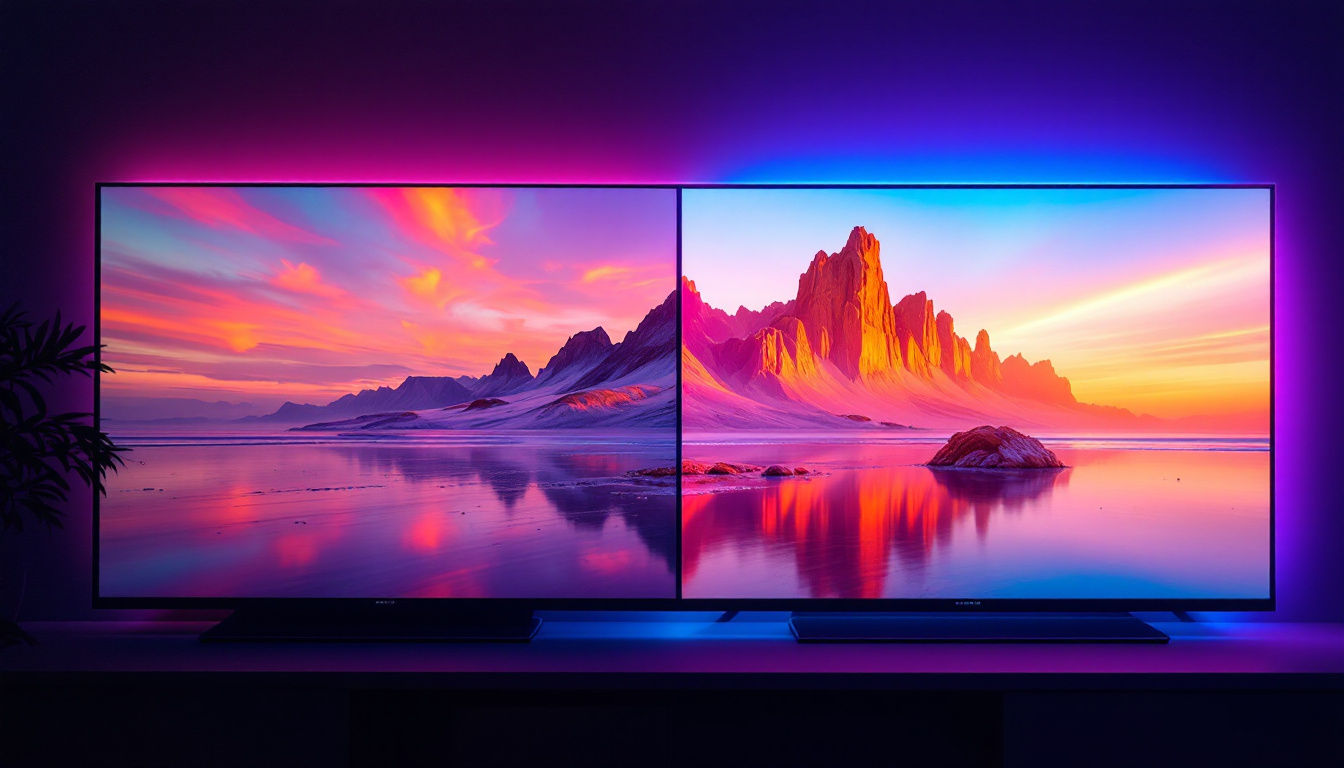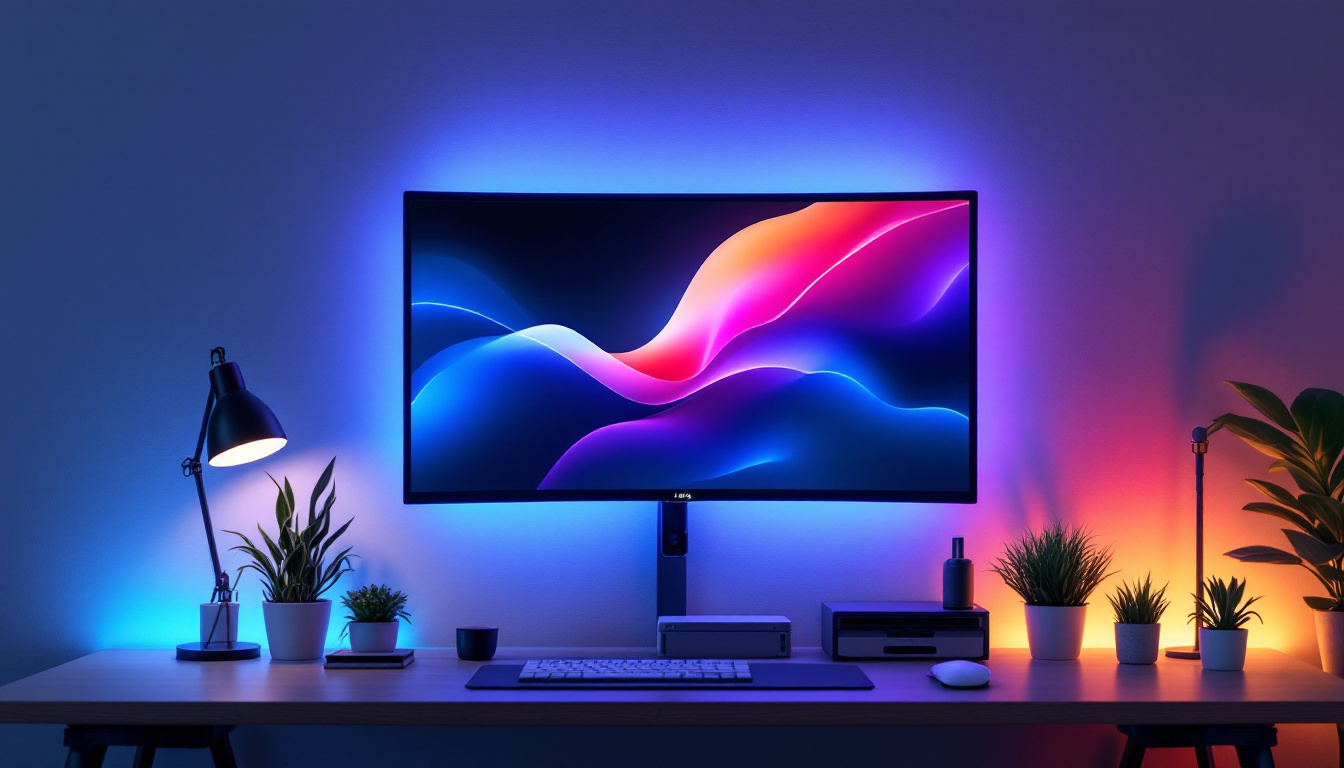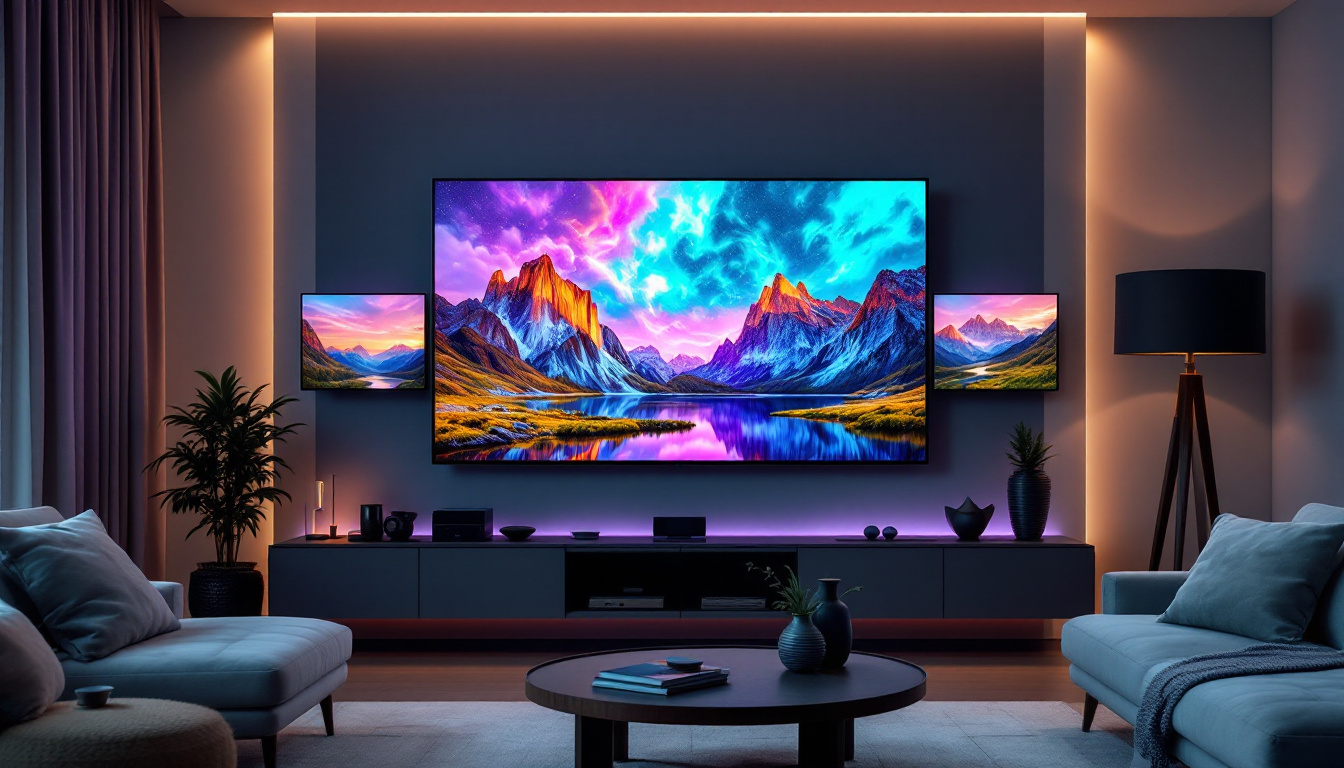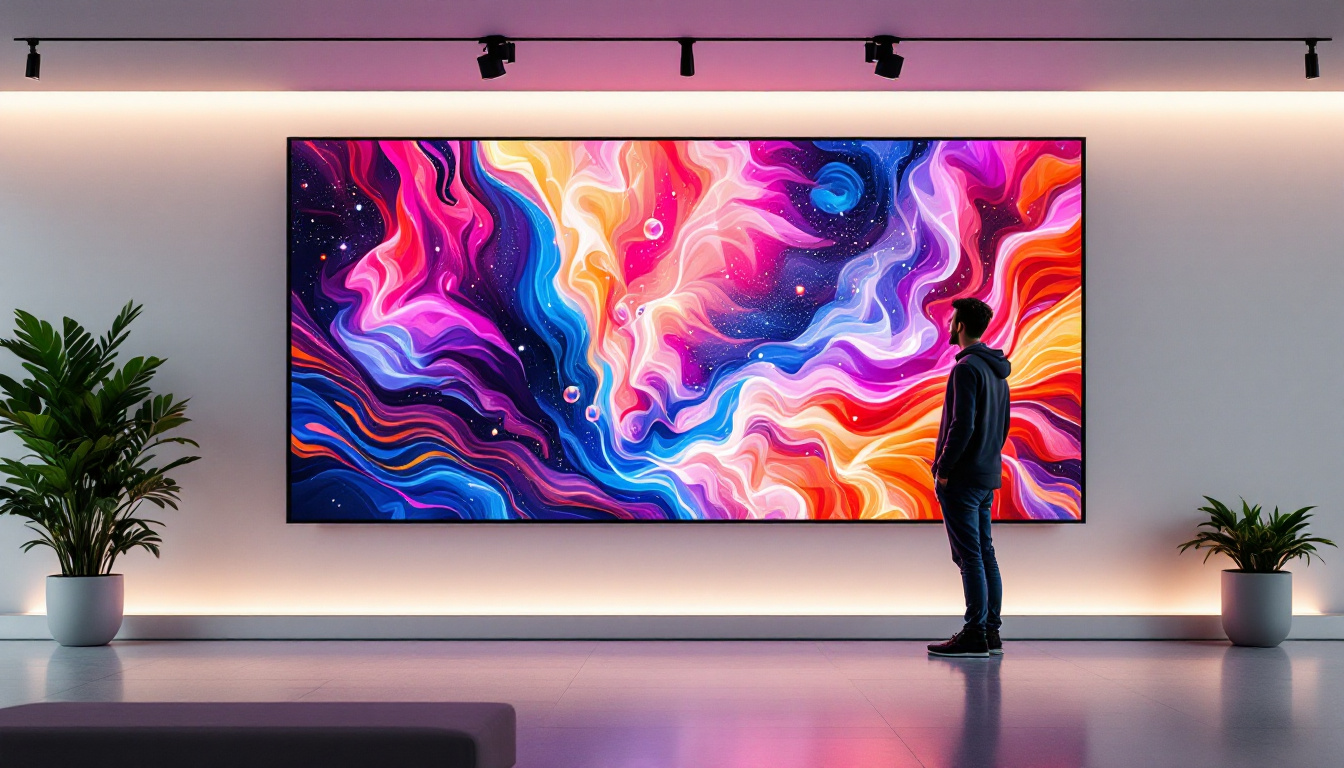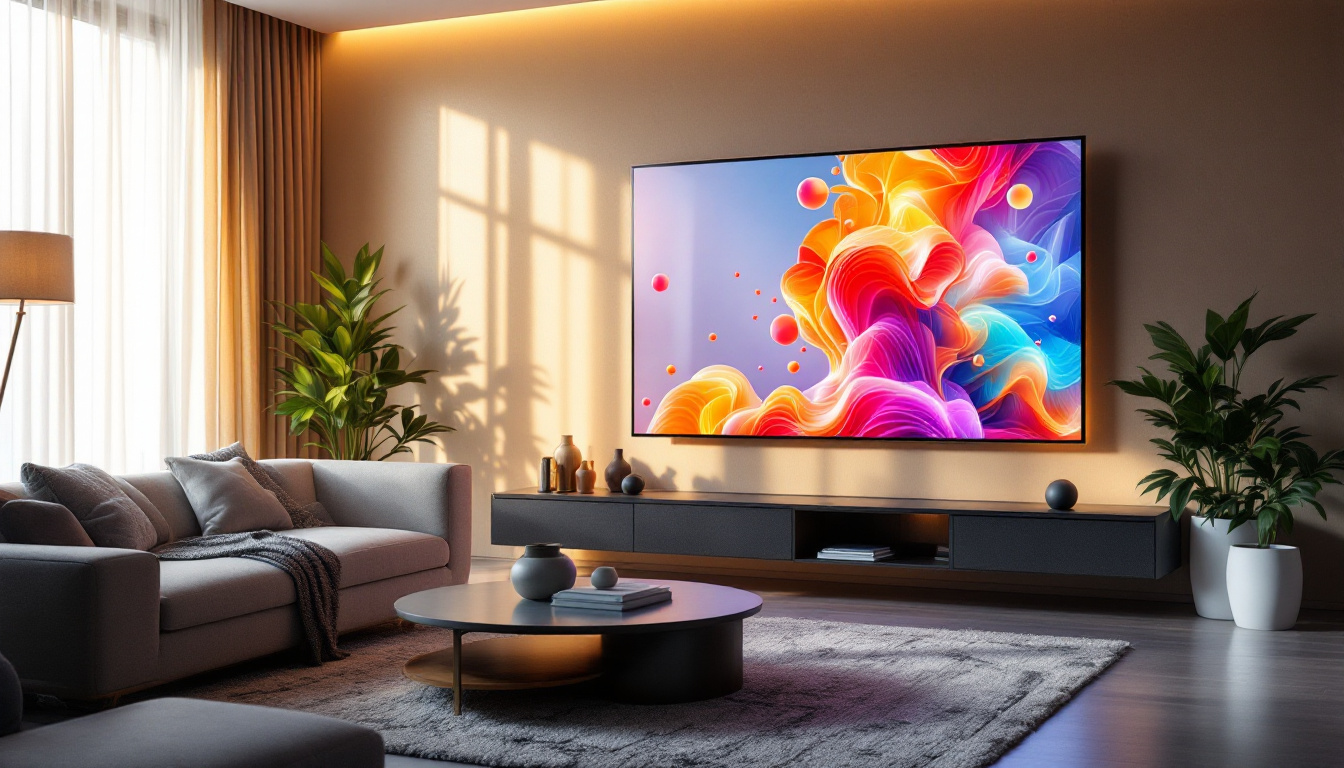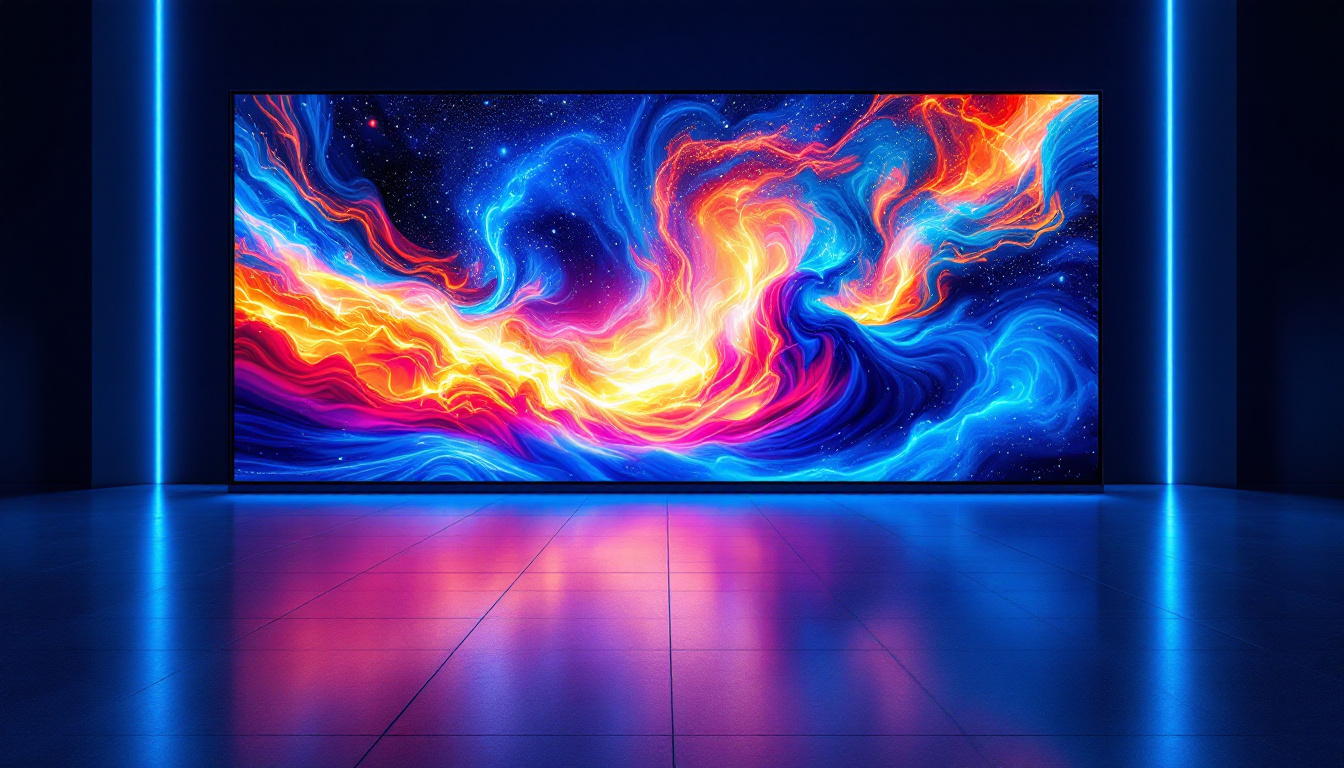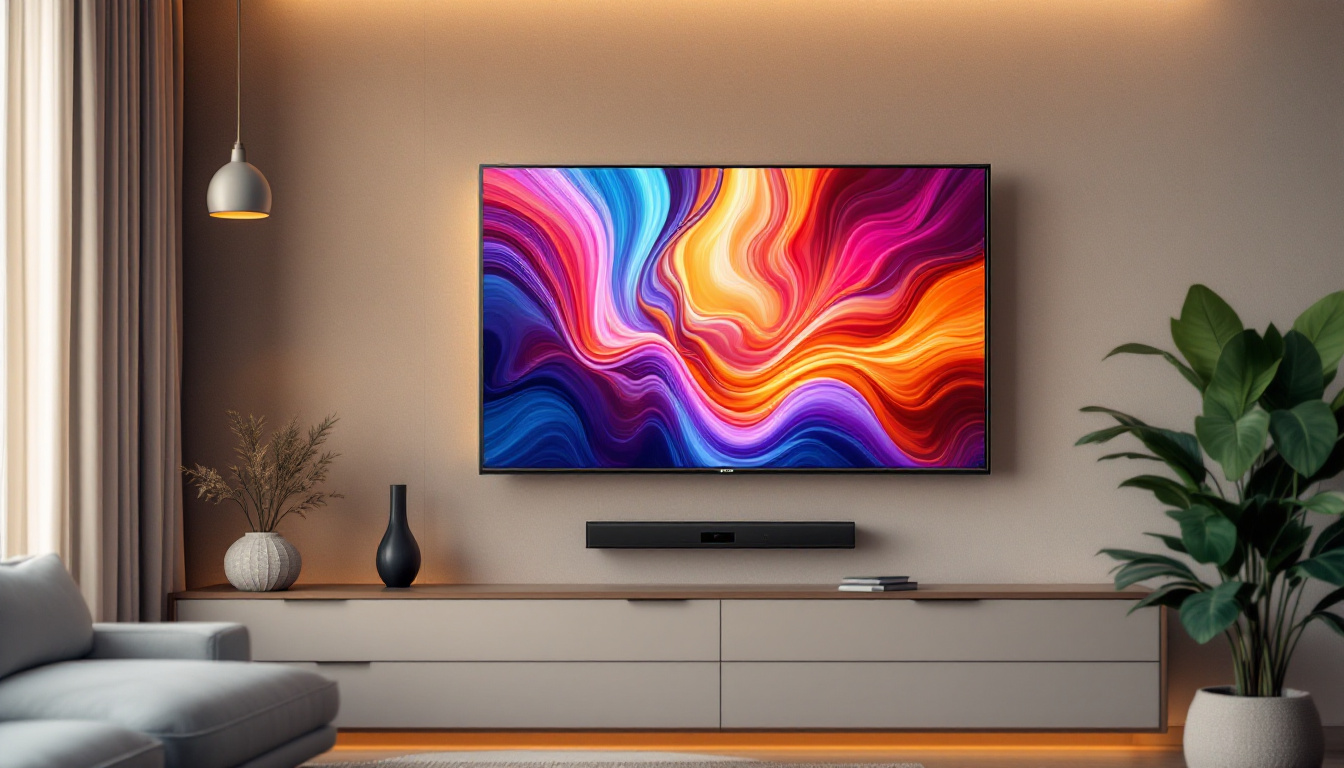The evolution of display technology has dramatically transformed how users interact with devices. Among the most groundbreaking advancements is the flexible touch screen display, which combines the versatility of flexible materials with the functionality of LED technology. This article delves into the intricacies of flexible touch screen displays, their underlying technology, applications, and future potential.
Understanding Flexible Touch Screen Displays
Flexible touch screen displays are innovative screens that can bend, fold, or roll without losing their functionality. This characteristic stems from the materials used in their construction, primarily organic light-emitting diodes (OLEDs) and flexible substrates. The ability to create displays that conform to various shapes opens up a world of possibilities for device design and user experience. As technology advances, we are witnessing a shift in how we interact with our devices, with flexible displays leading the charge toward more adaptable and user-friendly interfaces.
Key Components of Flexible Displays
At the core of a flexible touch screen display are several key components that work together to deliver high-quality visuals and responsive touch capabilities. These components include:
- Flexible Substrates: Unlike traditional glass displays, flexible displays utilize materials like plastic or metal foils, allowing them to bend without breaking. This flexibility not only enhances durability but also reduces the overall weight of the device, making it more portable and easier to handle.
- OLED Technology: Organic light-emitting diodes provide vibrant colors and high contrast ratios, making them ideal for flexible applications. The ability of OLEDs to produce deep blacks and a wide color gamut significantly enhances the viewing experience, especially in dynamic and visually rich content.
- Touch Sensors: Integrated touch technology allows users to interact with the display seamlessly, enabling gestures and multi-touch functionality. This integration is crucial for applications ranging from gaming to professional design, where precision and responsiveness are paramount.
How Flexible Displays Work
The operation of flexible touch screen displays hinges on the principles of light emission and touch sensitivity. OLEDs emit light when an electric current passes through them, creating images. The flexible substrate supports this technology, allowing the display to maintain its integrity while being manipulated. This unique combination of materials not only facilitates bending but also enhances the overall performance of the display, making it suitable for a variety of environments and uses.
Touch sensitivity is achieved through capacitive touch technology, which detects the electrical properties of the human body. When a finger approaches the screen, it alters the electric field, allowing the system to register the touch and respond accordingly. This combination of OLED and touch technology results in a highly responsive and visually appealing display. Furthermore, advancements in this field are paving the way for new applications, such as wearable technology and smart textiles, where displays can be seamlessly integrated into clothing or accessories, enhancing both functionality and style.
In addition to their aesthetic appeal, flexible displays are also being explored for their potential in various industries, including automotive and healthcare. For instance, in automotive design, flexible displays can be integrated into dashboards that adapt to the driver’s needs, providing real-time information in a more ergonomic format. In healthcare, flexible touch screens can be utilized in medical devices that require portability and adaptability, allowing for better patient interaction and data collection. As research continues, the future of flexible touch screen technology holds exciting prospects that could redefine how we interact with the digital world.
Applications of Flexible Touch Screen Displays
The versatility of flexible touch screen displays has led to their adoption across various industries. Their unique properties enable innovative applications that were previously unimaginable. Here are some notable examples:
Consumer Electronics
Flexible displays have made significant inroads in consumer electronics, particularly in smartphones and tablets. Manufacturers are leveraging this technology to create devices that are not only thinner and lighter but also offer enhanced durability. For instance, foldable smartphones allow users to enjoy a larger screen experience without sacrificing portability.
Additionally, flexible displays can be used in wearables, such as smartwatches and fitness trackers, where conformability and lightweight design are paramount. The integration of flexible screens in these devices enhances user interaction and opens new avenues for design innovation.
Automotive Industry
The automotive sector is also embracing flexible touch screen technology. Car manufacturers are incorporating flexible displays into dashboards and infotainment systems, providing drivers with a more intuitive interface. These displays can be seamlessly integrated into the vehicle’s design, allowing for a cleaner and more modern aesthetic.
Moreover, flexible displays can adapt to different shapes and sizes, enabling manufacturers to create custom solutions that enhance the driving experience. From navigation systems to entertainment interfaces, the potential applications are vast.
Healthcare Solutions
In the healthcare industry, flexible touch screen displays are being utilized for medical devices and patient monitoring systems. Their lightweight and portable nature makes them ideal for use in various medical settings, from hospitals to home care.
Flexible displays can be incorporated into wearable health monitors, providing real-time data to both patients and healthcare providers. This technology not only improves patient engagement but also facilitates better health management through accessible information.
Advantages of Flexible Touch Screen Displays
Flexible touch screen displays offer numerous advantages over traditional rigid displays. These benefits contribute to their growing popularity across various sectors. Some of the key advantages include:
Durability and Resistance
One of the most significant benefits of flexible displays is their durability. Unlike glass screens, which are prone to shattering, flexible displays are less likely to break upon impact. This resilience makes them ideal for devices that may be subjected to rough handling or extreme conditions.
Additionally, flexible displays are often more resistant to scratches and other forms of damage, further enhancing their longevity and reliability. This durability is particularly advantageous in consumer electronics and industrial applications.
Design Freedom
Flexible touch screen displays provide designers with unprecedented freedom to create innovative products. The ability to bend and shape the display allows for unique form factors that can enhance user experience. For instance, devices can be designed to wrap around the wrist or fit seamlessly into curved surfaces.
This design flexibility not only improves aesthetics but also allows for more ergonomic solutions, making devices more comfortable and intuitive to use. As a result, manufacturers can differentiate their products in a competitive market.
Enhanced User Experience
Flexible touch screen displays contribute to a more engaging user experience. The ability to interact with a screen that adapts to the user’s needs fosters a sense of immersion and connection. Whether it’s a smartphone that folds out to reveal a larger display or a wearable that conforms to the wrist, these interactions enhance usability.
Moreover, the responsiveness of touch technology ensures that users can navigate their devices effortlessly, further improving satisfaction and usability.
Challenges and Limitations
Despite the numerous advantages of flexible touch screen displays, there are challenges and limitations that manufacturers must address. Understanding these hurdles is crucial for the continued development and adoption of this technology.
Manufacturing Complexity
The production of flexible displays is inherently more complex than that of traditional rigid displays. The materials and processes required to create flexible screens often involve advanced techniques that can increase production costs and time.
As a result, manufacturers may face challenges in scaling up production to meet growing demand. Streamlining manufacturing processes and reducing costs will be essential for the widespread adoption of flexible displays in the consumer market.
Performance Concerns
While flexible displays offer many advantages, they can also face performance issues. For instance, flexible OLEDs may have lower brightness levels compared to traditional LCDs, which can affect visibility in bright environments.
Additionally, concerns about the longevity of flexible displays, particularly in terms of color fading and burn-in, remain prevalent. Addressing these performance concerns is vital for ensuring that flexible displays can compete effectively with established technologies.
The Future of Flexible Touch Screen Displays
The future of flexible touch screen displays looks promising, with ongoing advancements in materials science and display technology. As research continues, several trends and developments are likely to shape the landscape of flexible displays in the coming years.
Advancements in Materials
Research into new materials is paving the way for more efficient and durable flexible displays. Innovations in organic materials, such as improved OLED compounds, are expected to enhance brightness, color accuracy, and longevity.
Additionally, advancements in flexible substrates, such as graphene and other nanomaterials, may lead to even thinner and more resilient displays. These developments will not only improve performance but also expand the range of applications for flexible displays.
Integration with Emerging Technologies
Flexible touch screen displays are poised to integrate with emerging technologies, such as augmented reality (AR) and virtual reality (VR). The ability to create adaptable displays that conform to different environments will enhance the immersive experience of these technologies.
Moreover, the convergence of flexible displays with artificial intelligence (AI) and the Internet of Things (IoT) could lead to smarter devices that respond intuitively to user needs. This integration will drive innovation and create new opportunities for user interaction.
Market Growth and Adoption
As the technology matures and production costs decrease, the market for flexible touch screen displays is expected to grow significantly. Industries ranging from consumer electronics to automotive and healthcare will continue to explore the potential of flexible displays, leading to increased adoption and investment.
Furthermore, as consumers become more aware of the benefits of flexible displays, demand for these innovative products is likely to rise, further propelling market growth.
Conclusion
Flexible touch screen displays represent a significant leap forward in display technology, offering a unique blend of versatility, durability, and user engagement. As the technology continues to evolve, it is poised to revolutionize various industries, from consumer electronics to automotive and healthcare.
While challenges remain, ongoing advancements in materials and manufacturing processes promise to unlock even greater potential for flexible displays. As they become more integrated into everyday devices, flexible touch screen displays will undoubtedly shape the future of how users interact with technology.
In summary, the journey of flexible touch screen displays is just beginning, and their impact on design, functionality, and user experience will be felt for years to come.
Explore the Future with LumenMatrix LED Displays
As we embrace the transformative era of flexible touch screen displays, LumenMatrix stands at the forefront, pioneering the integration of LED display technology into your daily life. Our commitment to innovation is evident in our diverse range of solutions, from Indoor and Outdoor LED Wall Displays to specialized options like Vehicle, Sports, and Floor LED Displays. We invite you to experience the future of visual communication with LumenMatrix. Check out LumenMatrix LED Display Solutions and join us in shaping a more engaging, dynamic, and visually stunning world.




